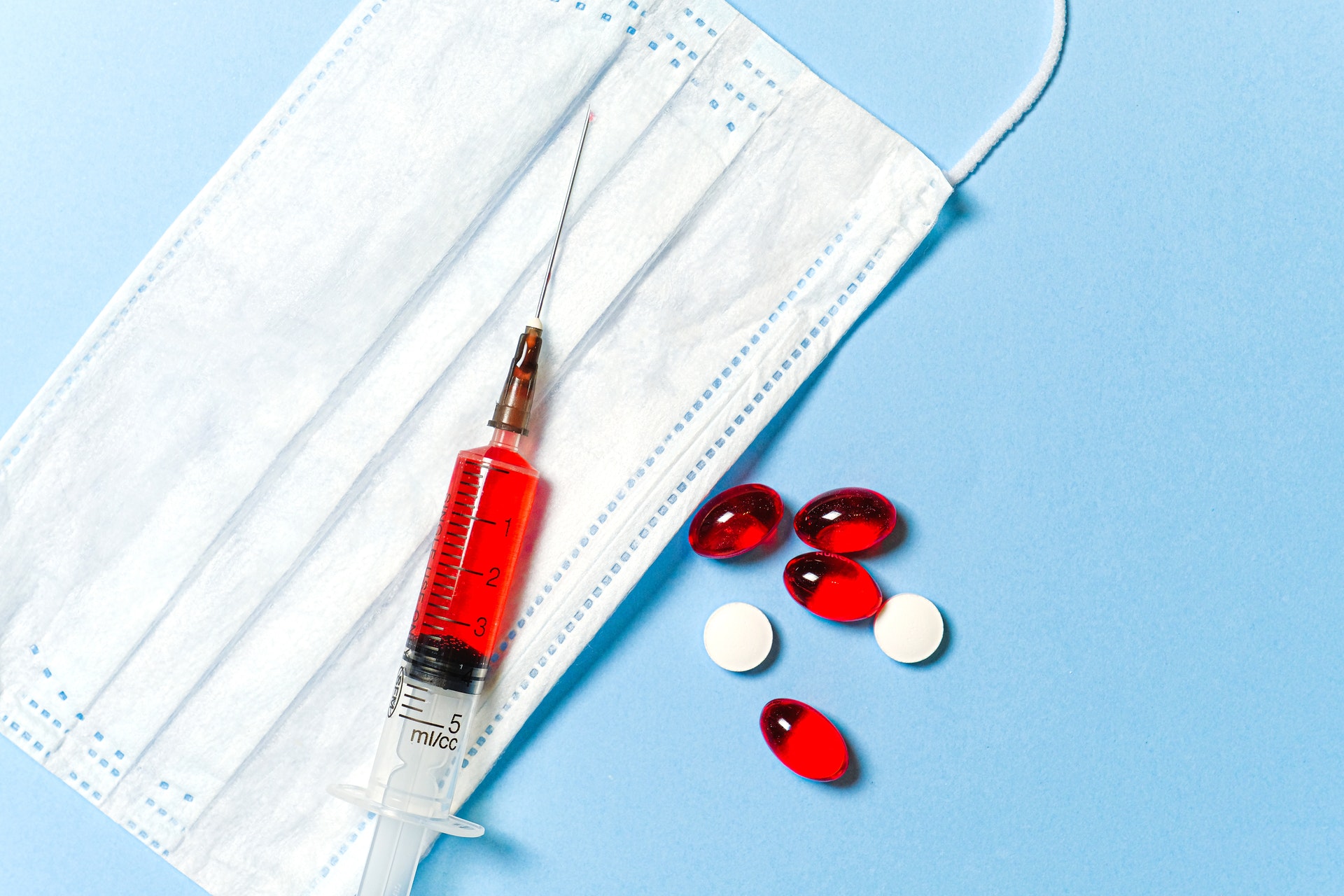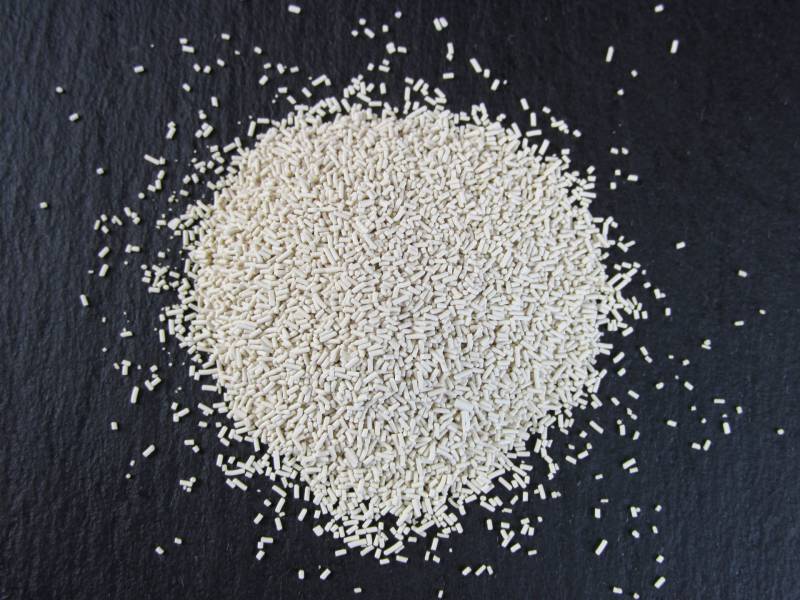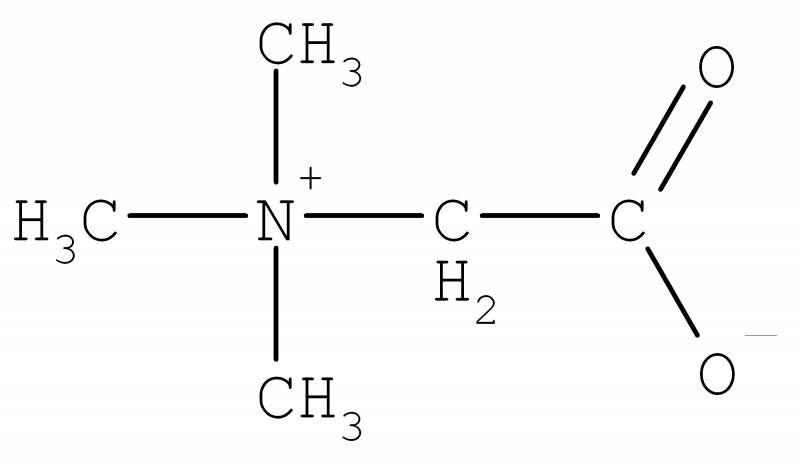Orthokine therapy- what is it?
Orthokine therapy (Autologus osteoarthritis therapy) uses Orthokine injection (Autologus conditioned serum), where a conditioned serum derived from patients own blood, to treat osteoarthritis and chronic pains.

Osteoarthritis
Osteoarthritis is a degenerative joint disease, most prevalent form of arthritis, which involves remodeling of the bone, synovitis and progressive degeneration and destruction of the cartilage of joint; leading to reduction in the quality of performance of the joint. Mostly it involves the hip and the knee joint but shoulders hands and back are also affected. The cartilage acts as shock absorber and free movement. The cause of degeneration of the cartilage varies from mechanical trauma to the inflammatory mediators liberated by the body (e.g. Interluekin-1 or IL-1 and TNF).
Osteoarthritis is of 4 grades, Grade I & II in this there is doubtful narrowing of the joint space with minimal wear and tear of the cartilage.
Grade III & IV in this there is complete degeneration of the cartilage and the articular surface with obvious reduction in joint space and deformity of the joint.
The individuals affected present with loss of function, joint pain, swelling and stiffness and incapability to perform their daily activities with poor quality of life.
Procedure- How is it made?
The process for production of Autologus conditioned serum is, about 50 to 60 ml of venous blood is collected from the patient in specialized syringe containing glass beads and it is then incubated aseptically for about 24 hours in an incubator at 37 Degree Celsius with 5% CO2 (at this stage the protective cytokine i.e. interleukin-1 receptor antagonist are being synthesized) and then centrifuged for about 10 minutes. From the centrifuged syringe about 10 to 15 ml of serum is taken and stored at -20 Degree Celsius. The serum is then injected in the affected joint of the patient under CT guidance for once or twice a week for six weeks or as recommended by the doctor.
What is an Orthokine injection and how does it work?
The Orthokine injection or autologus conditioned serum is a conditioned serum derived from the patient’s own blood. It works by amplifying the natural components of blood that inhibits the action of interleukin-1. It contains Interleukin-1 receptor antagonist (IL-1Ra, the protective cytokine), which is a protective protein naturally occurring in body even when normal. It assists by giving relief in pain and inflammation by blocking or by denaturing the proteins which cause wear and tear of the tissues.
The Orthokine injection or autologus conditioned serum acts not only by inducing the production of anti-inflammatory cytokines and Interleukin-1 receptor antagonists (IL-1Ra) but also by production of growth factors. Interleukin-1 receptor antagonists prevent interleukin-1 and other cytokines to bind with the receptors, which in turn inhibits and prevents the inflammatory process form starting.
Also the growth factors minimize the destruction of the cartilage in that area and there by promote healing and repair of the tissues in the joint.
It accelerates the healing of the muscle fibers and cartilages after trauma especially in sport athletes.
The injection is administered intra-articularly i.e. in the affected joint at an interval of a week.
Effects of Orthokine injections:
The results vary from considerable relief in symptoms to complete resolution of the symptoms.
It is an effect alternative therapy for improvement in the function and pain.
It reduces the pain and inflammation and also improves the motility of the patient and there by delaying the surgery.
Thus treatment does not prevent the need for the surgery nor does it regrows the cartilage, it just delays the process of degeneration and reduces the pain
Precautions to be taken after the injections:
After it one should avoid strenuous activity for at least three to four days for best results, normal activities may be carried out.
Avoid movements which are known to aggravate the pain.
Indicated in:
Indicated in patients suffering from grade I to grade III osteoarthritis where most of the cartilage has not worn out and chronic aseptic inflammation.
Degenerative changes in the intervertebral joints also including the discogenic pains
Also it is indicated in the patients who are avoiding or are not suitable for the joint replacement surgery.
Or the patient is not suitable for the cortisone therapy.
Also indicated in patients with ligament or tendon injury and who don’t respond to usual mode of treatment.
There is no strong contraindication of this procedure.
It is not indicated if the patient
- Is suffering from any acute infection or fever.
- Had diarrhea in last 3 days.
- Had been vaccinated in last 4 weeks.
Side effects:
This new therapy seems to be extremely safe and does not have any severe side effects except that,
The reactions are localized to the joint and are mainly mild to moderate in nature. They are pain and local swelling, discomfort and irritation of the joint associated with the pressure due to the injection. These symptoms usually subside within 24 to 48 hours without any intervention.
These effects are generally seen after the first injection only and not after that.
One may develop septic arthritis if the septic precautions are not taken while administering the injection in the joint space.
And lack of benefit with the therapy.
Advantages of using Orthokine therapy:
The advantages of the therapy is compared with the advantages and effectiveness of other conservative therapies,
- The technique has persistent and a long term analgesic effect.
- It slows down or delays the process of inflammation and thus prevents the further rapid progress of disease.
- The product is made from natural biologically active ingredient of the human body and no chemical additives added and thus fewer side effects.
- Helps in restoring the joint activity & range of motion and mobility of the patient.
References:
- http://www.dr-theodoridis.com/en/information/orthokine.php
- http://www.hmcisrael.com/orthopedics/orthokine-treatment-israel
- http://www.viktoriaklinik-bochum.de/en/services/spine-therapy/minimally-invasive-nonsurgical/orthokine/
- http://www.tandfonline.com/doi/abs/10.1586/eci.10.17
- http://link.springer.com/article/10.1007/s00167-010-1238-6
- http://hca.wa.gov/hta/Documents/ha-visco_final_report_101113.pdf



